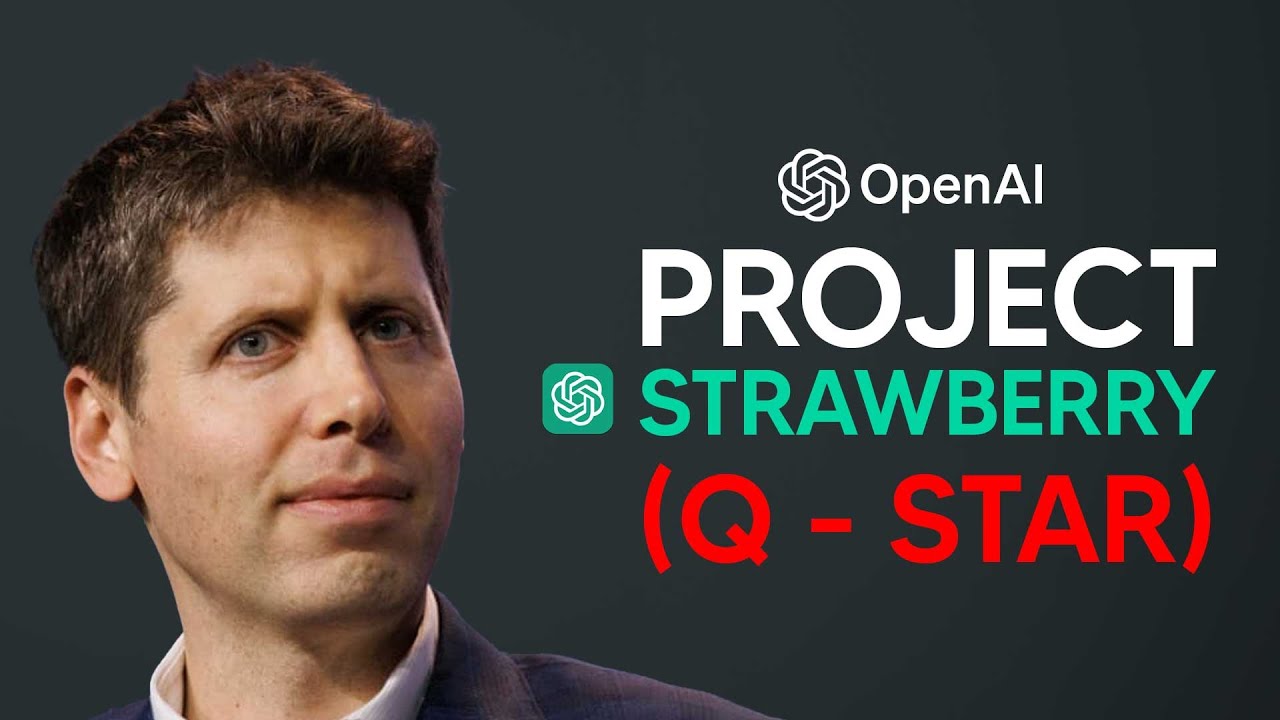The video discusses the leaked information about OpenAI’s new project “Strawberry,” which aims to significantly enhance AI models’ reasoning capabilities by integrating an agentic framework with GPT-4. This project involves an iterative method called Self-Taught Reasoner (STAR) that allows AI models to bootstrap themselves into higher intelligence levels through generating and refining rationales, potentially leading to models exceeding human-level intelligence.
In the video, details about OpenAI’s new project, codenamed “Strawberry,” were leaked. This project is a form of reasoning technology that was previously known as QAR. The leaked information was sourced from a reputable outlet, Reuters, which adds credibility to the information provided. Project Strawberry aims to enhance AI models’ reasoning capabilities significantly, potentially reaching human-like reasoning levels. The project involves an agentic framework wrapped around GPT-4, indicating a focus on improving reasoning abilities in AI models.
The article discussing Project Strawberry highlighted the goal of enabling OpenAI’s AI models to not only generate answers but also plan ahead and navigate the internet autonomously for deep research. This suggests a focus on long-horizon tasks that require models to plan and execute actions over an extended period. Project Strawberry is compared to a method developed at Stanford called Self-Taught Reasoner (STAR), which allows AI models to bootstrap themselves into higher intelligence levels by creating their training data. This approach could lead to models transcending human-level intelligence.
The STAR method involves generating step-by-step rationales to improve language model performance on complex reasoning tasks. OpenAI is creating, training, and evaluating the models on what they call a “deep research dataset,” which remains undisclosed. The company aims to use these capabilities to conduct autonomous internet research and potentially assist with software and machine learning engineering tasks. This aligns with OpenAI’s goal of automating AI research and developing AI agents.
The STAR method’s iterative process of generating, filtering, and fine-tuning rationales has shown significant improvement in AI reasoning capabilities. For instance, GPT-J with STAR performed comparably to models 30 times larger, highlighting the method’s effectiveness in enhancing reasoning abilities. OpenAI’s shift from QAR to Strawberry may be due to LLMs’ struggle with reasoning, as evident in a common question about the word “strawberry.” The project’s name could also be linked to a metaphor from Elon Musk involving an AI designed to pick strawberries.
In conclusion, Project Strawberry represents OpenAI’s advancement in reasoning technology, aiming to enhance AI models’ problem-solving abilities through iterative rationale generation and refinement. The project combines the strengths of q-learning for decision-making, A* search for efficient planning, and self-taught reasoning (STAR) for improving problem-solving abilities. This unique combination could potentially lead to a highly capable AI system that can plan, act, and learn in a sophisticated manner, showcasing OpenAI’s commitment to advancing AI capabilities.
